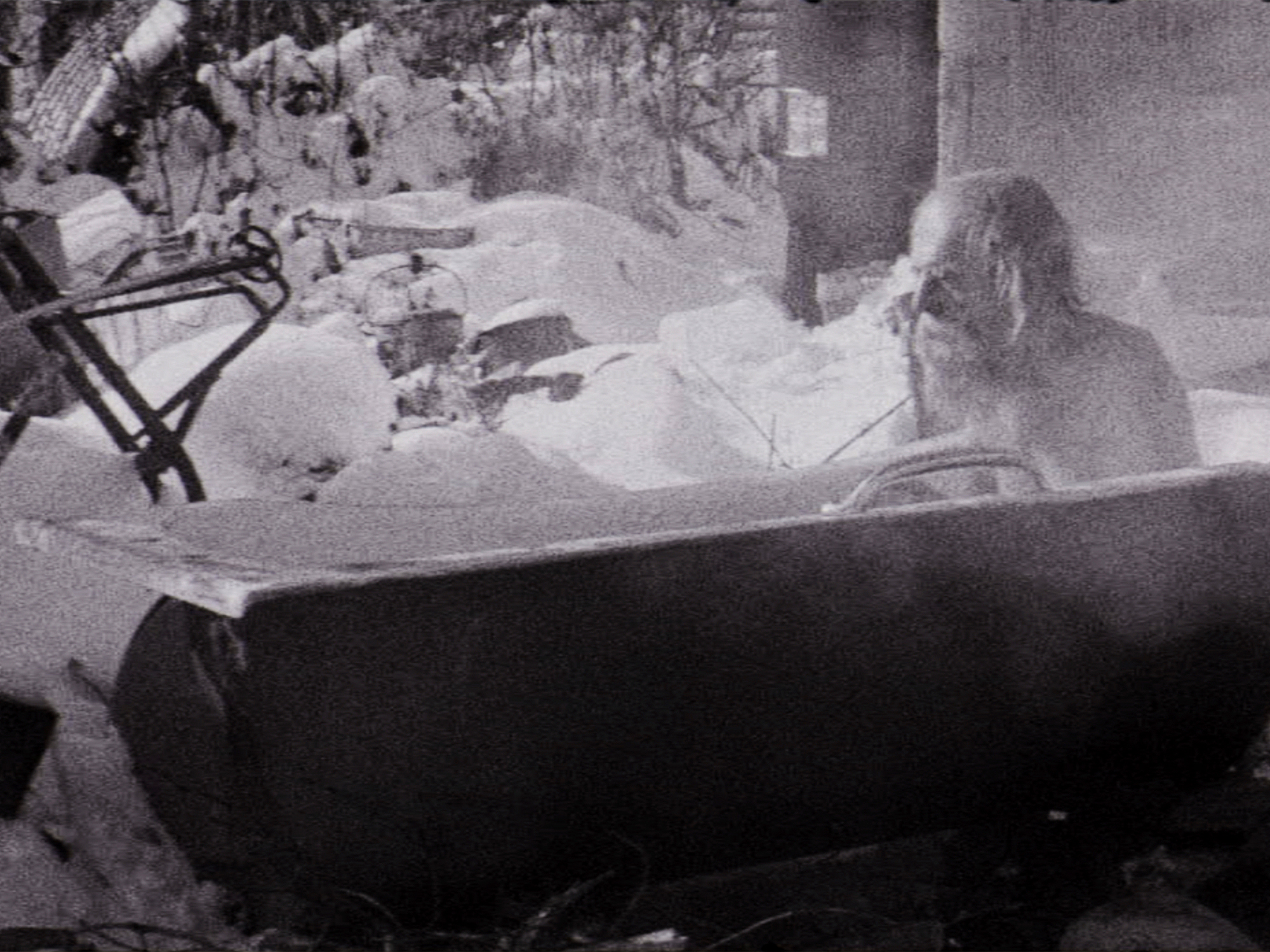Introduction
Stanley Kubrick is widely regarded as one of the most important directors in film history. From his earliest documentary shorts to major works like 2001: A Space Odyssey (1968) and The Shining (1980), Kubrick continually redefined cinematic form and storytelling, consistently pushing the boundaries of the medium. Often reclusive, fiercely private, and demanding to the point of obsession, he is a figure surrounded by both myth and meticulous reality. His work was rarely hurried, his methods often controversial, but the results—nearly always extraordinary—cemented his legacy in world cinema.
Throughout his career, Kubrick directed thirteen feature films, many of which are now regarded as masterpieces. He earned thirteen Academy Award nominations, winning once for Best Visual Effects for 2001: A Space Odyssey. His films, including Dr. Strangelove (1964), A Clockwork Orange (1971), Barry Lyndon (1975), and Full Metal Jacket (1987), were all nominated for Best Picture or Best Director. Credited with pioneering new techniques in cinematography and special effects, and with his meticulous attention to detail, Kubrick has influenced generations of filmmakers.
Cinema Scholars shines the Spotlight on the life and career of Stanley Kubrick. This two part article traces his development from a Bronx-born photographer to one of the greatest film directors the world has ever known.

Beginnings
Stanley Kubrick was born on July 26, 1928, in the Bronx, New York City, to Jacques and Gertrude Kubrick. His father, a homeopathic physician, fostered in young Stanley an early love of literature and chess, both of which would later play key roles in his films. A mediocre student by all academic accounts, Kubrick’s intelligence was never in doubt. His passions lay elsewhere: jazz music, photography, and the emerging art of cinema.
Chess became a lifelong fascination for Kubrick. He spent countless hours playing in city parks as a teenager, developing a strategic mindset that would come to define his methodical approach to filmmaking. The game taught him patience, foresight, and the ability to anticipate and control outcomes. These qualities are evident in the construction of his films. He would often play chess with cast and crew on set, sometimes using it as a subtle means of asserting authority or delaying production until he reached a desired outcome.
Kubrick attended William Howard Taft High School, joining the school’s photography club. Graduating in 1945, his grades were insufficient for college entrance. But formal education was never to be the primary catalyst of his intellectual and artistic development. Kubrick’s schooling occurred in the libraries of New York, in the darkrooms of Look magazine, and in the theaters of Manhattan’s film houses. Kubrick would state in a 1966 interview with Jeremy Bernstein:
“As a child, I was a school misfit, and considered reading a book ‘school work’. I don’t think I read a book for pleasure until I graduated high school. I had one thing that I think perhaps helped me get over being a school misfit, and that is that I became a student of photography”

Photography
At age thirteen, Kubrick was given a Graflex camera by his father. The result was igniting a lifelong obsession with imagery and visual structure that would shape and define the director’s career. His early photographs showed a keen eye for composition, mood, and human behavior. In 1946, at the age of sixteen, Kubrick sold a photo to Look magazine—an evocative image of a newsvendor reacting to the death of President Franklin D. Roosevelt.
Kubrick was soon hired as an apprentice photographer by the magazine, where he worked until 1950. During his tenure, he took thousands of images, many of which were portraits and candid shots of post-war American life. The experience honed his instincts for visual storytelling and taught him how to manipulate lighting and frame shots. These skills would later translate seamlessly into his forays into mainstream filmmaking.
Kubrick has often cited his time at the magazine as a formative experience where he learned to think cinematically even while working with still images. His photo essays were structured with the rhythm and arc of a short film. Each sequence tells a story, reveals a character, and illustrates a conflict. His early assignments with Frank Sinatra, Leonard Bernstein, Erroll Garner, and Betsy von Furstenburg solidified the director’s early career.
Short Films and the 1950s
In 1951, Kubrick financed his first short documentary film, Day of the Fight. A 16-minute portrait of middleweight boxer Walter Cartier, it was shot on a shoestring budget of $3,900. It was eventually sold to RKO Pictures for modest distribution. A minor commercial success, this gave the young Kubrick the signal that he could handle the moving image with the same precision he had mastered in photography.

He followed this with Flying Padre (1951), another short documentary that focused on a Catholic priest who flew a small plane to various rural parishes in New Mexico to deliver sermons. Like Day of the Fight, this second short film was distributed by RKO and further proved Kubrick’s aptitude for handling complex logistical challenges and framing strong visual sequences.
Kubrick’s final short film of the period, The Seafarers (1953), was commissioned by the Seafarers International Union. Though lacking the intensity of his earlier work, it showcased his growing confidence with camera movement and scene transitions. This was notably the director’s first use of the dolly shot. A technique he would later refine in his feature films. These shorts, while minor in scale, were major stepping stones in Kubrick’s evolution as a filmmaker.
During this time, Kubrick married his high school sweetheart, Toba Metz. The couple lived just north of Greenwich Village, New York City, on 16th Street, a bohemian enclave in lower Manhattan. Their time together coincided with Kubrick’s early struggles and experimentation as a filmmaker. The marriage was short-lived and ended in divorce in 1955. However, it marked a period of creative transition as Kubrick moved from still photography to motion pictures.
Early Feature Films
Kubrick’s first full-length feature, Fear and Desire (1953), was an experimental war film he disavowed later in life. With an allegorical narrative and a minuscule budget, the film was visually inventive but dramatically stilted. Nonetheless, it drew attention from critics and producers who saw potential in Kubrick’s command of the medium. The New York Times would say of the director’s work on the film:
“Stanley Kubrick, a 24-year-old producer-director-photographer, and his equally young and unheralded scenarist and cast have succeeded in turning out a moody, often visually powerful study of subdued excitement. Mr. Kubrick’s professionalism as a photographer should be obvious to an amateur”

Kbrick’s next two efforts, Killer’s Kiss (1955) and The Killing (1956) signaled a major leap forward. Killer’s Kiss, a noir drama set in New York’s underworld, displayed a more confident sense of place and tension. With The Killing, a heist film told in fractured chronology, Kubrick demonstrated a boldness and technical mastery that far outweighed the limited resources he had at his disposal. It was a breakthrough, both artistically and professionally.
Paths of Glory (1957) elevated Kubrick to the ranks of serious American directors. Starring Kirk Douglas, the World War I courtroom drama offered a scathing indictment of military hierarchy and injustice. For the first time on film, the director’s elaborate tracking shots, stark cinematography, and meticulous attention to detail were on full display. Douglas, who was impressed and signed Kubrick to a three-picture deal, would say in 1966 to The New York Times:
“He made the veteran actor Adolphe Menjou do the same scene 17 times. ‘That was my best reading’ Menjou announced. ‘I think we can break for lunch now.’ It was well past the usual lunch time but Kubrick said he wanted another take. Menjou went into an absolute fury…Kubrick merely listened calmly and after Menjou had spluttered to an uncomplimentary conclusion said quietly: ‘All right, let’s try the scene once more.’ With utter docility, Menjou went back to work. Stanley instinctively knew what to do,”
The 1960s
Kubrick’s international breakthrough came with Spartacus (1960), a Hollywood epic produced by and starring Kirk Douglas. Douglas hired Kubrick for a reported $150,000 fee to take over directing duties from Anthony Mann, who Douglas fired soon after production started. Although Kubrick did not have full creative control over the film, the experience gave him insight into the mechanics and pitfalls of the studio system. Dissatisfied with the lack of autonomy, Kubrick vowed never again to work without having the final cut.
With Spartacus, Kubrick was firmly entrenched as one of the top young film directors in the industry. It also marked the end of the working relationship he had with Kirk Douglas. However, a new muse would arrive in the form of Peter Sellers.

Kubrick and his new wife, Christiane Harlan, and their two young daughters, Vivian and Anya, moved to Great Britain to begin production on Lolita (1962). The director and his family would make it their home for almost the next four decades. This was convenient for Kubrick, as he had long shunned the Hollywood machine as well as the publicity.
With Lolita (1962), Kubrick pushed boundaries further. The adaptation of Vladimir Nabokov’s controversial novel was a risky proposition in Cold War America. Yet Kubrick’s version walked the fine line between satire and sensuality, and it benefited from memorable performances by James Mason, Shelley Winters, and Peter Sellers. Lolita also marked a transition for Kubrick. He was merging fantasy with reality. His imagery was becoming more surreal. Author Gene Yongblood wrote for The Criterion in 1992:
“…Stylistically, it’s a transitional work, marking the turning point from a naturalistic cinema (Paths of Glory, Spartacus) to the surrealism of the later films. Reality and fantasy coexist for the first time in a Kubrick film…”
Just One More Take
By the 1960s, Stanley Kubrick was developing a reputation as a director who wanted what he wanted when he wanted it. Difficult. Extreme. Methodical. These are all words that have been used to describe Kubrick’s directing style. Kubrick’s perfectionism and need to film dozens upon dozens of takes for a single shot have become the stuff of legend. Indeed, this only increased as the director gained more creative control over his films.
Kubrick’s excessive number of takes was considered by some critics to be irrational. However, the director believed that repetition was the key to getting an actor to suppress their conscious thoughts about the dialogue and act on a purely subconscious level. Nicole Kidman and the late Shelly Duvall both have relayed the horror stories of working with Kubrick. At the same time, both have said that the result was some of the finest work of their careers. A select few actors were exempt from this. We’ll explore that in part two of this Spotlight article.
https://www.youtube.com/watch?v=gb706VANkfA
Coming in August, we’ll bring you part two of this two-part series on the legendary Stanley Kubrick. As we continue to dive into the maestro’s career, we’ll further explore his excellent work in the 1960s with such films as Dr. Strangelove and 2001: A Space Odyssey. We’ll also cover his controversial and polarizing work in the 1970s (A Clockwork Orange and Barry Lyndon) and his venture into the realm of horror (The Shining) in 1980. Finally, we’ll dissect his last two films (Full Metal Jacket and Eyes Wide Shut) as well as Kubrick’s unrealized projects.
If You Enjoyed This Article, We Recommend:
Scholars’ Spotlight: Steve McQueen (Click Here)
Scholars’ Spotlight: Audrey Hepburn (Click Here)
Keep up with Cinema Scholars on social media. Like us on Facebook, subscribe on YouTube, and follow us on Threads and Instagram.
Related














